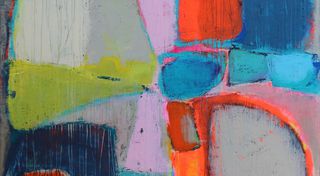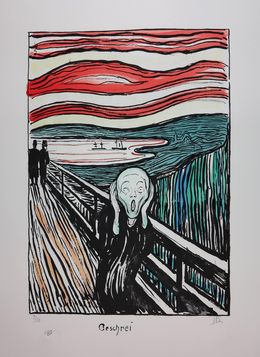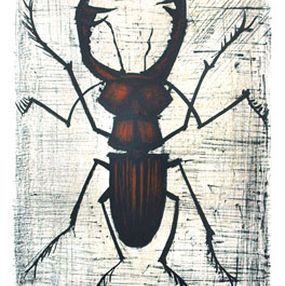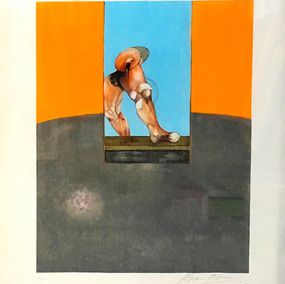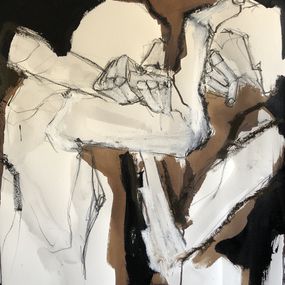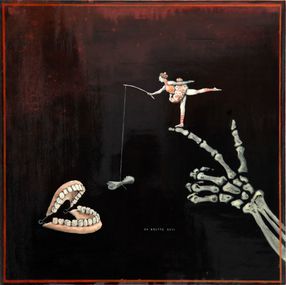
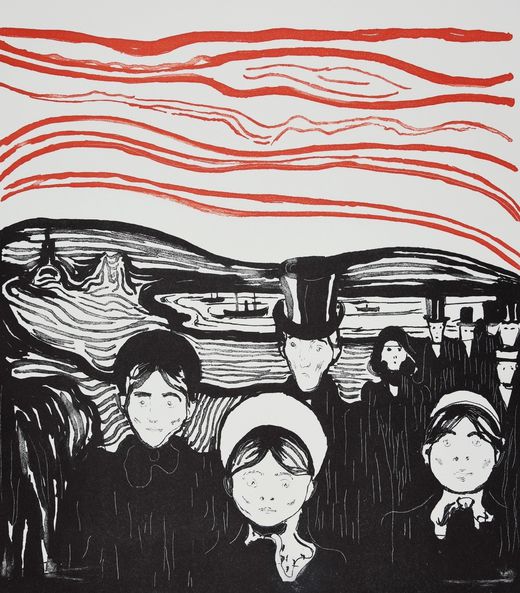
Death is a terrible thing and the most affected are those who are most afraid of life.
Biography
Born in Løten, Norway, in 1863 and died in Ekely in 1944, Edvard Munch is one of the major artists of the transition between 19th-century Symbolism and 20th-century Expressionism. A painter and printmaker, he is world-renowned for his iconic work The Scream, which has become a universal symbol of modern existential angst.
Coming from a modest family, Munch was deeply affected by the successive bereavements of his mother and sisters. These personal tragedies fuel the recurring themes of his work: illness, death, solitude, destructive love. Very early on, he became interested in painting and trained as an artist in Christiania (now Oslo). He began his studies in naturalist painting before adopting a more personal style, influenced by symbolism and artists like Gauguin .
Since the 1890s, Munch has developed a unique and introspective visual universe. His works express the torments of the human soul with unprecedented emotional force. His stay in Berlin in 1892, where he caused a scandal with an exhibition deemed too audacious, marked a decisive turning point. He then frequented progressive literary and artistic circles, collaborated with Strindberg, and explored engraving, lithography, and woodcuts, mediums he mastered brilliantly.
Among his most famous series, The Frieze of Life embodies his tragic vision of existence, where love, jealousy, fear, and death coexist. He notably painted The Dance of Life and Madonna, works that demonstrate his unique style, combining psychological intensity, stylized composition, and muted colors.
Despite the mental illness that affected him in the 1900s, Munch continued to produce prolifically. He also devoted himself to public commissions, including the monumental frescoes for the University of Oslo. From 1916, he retired to Ekely, where he continued to paint until his death, exploring new subjects, such as the world of work and Norwegian landscapes.
A pioneer of German Expressionism , Munch profoundly influenced artists such as the Die Brücke group. His rich and introspective oeuvre consists of over 1,000 paintings, 15,000 prints, and 4,000 drawings. The Munchmuseet in Oslo preserves most of his legacy.
Today, Edvard Munch remains a pivotal figure in the history of modern art, celebrated through numerous international exhibitions, notably in Paris, Zurich, Berlin, and Frankfurt. His tormented world continues to fascinate, and his works continue to resonate with the questions of our time.
Nationality
Categories
Artistic movements
Themes
